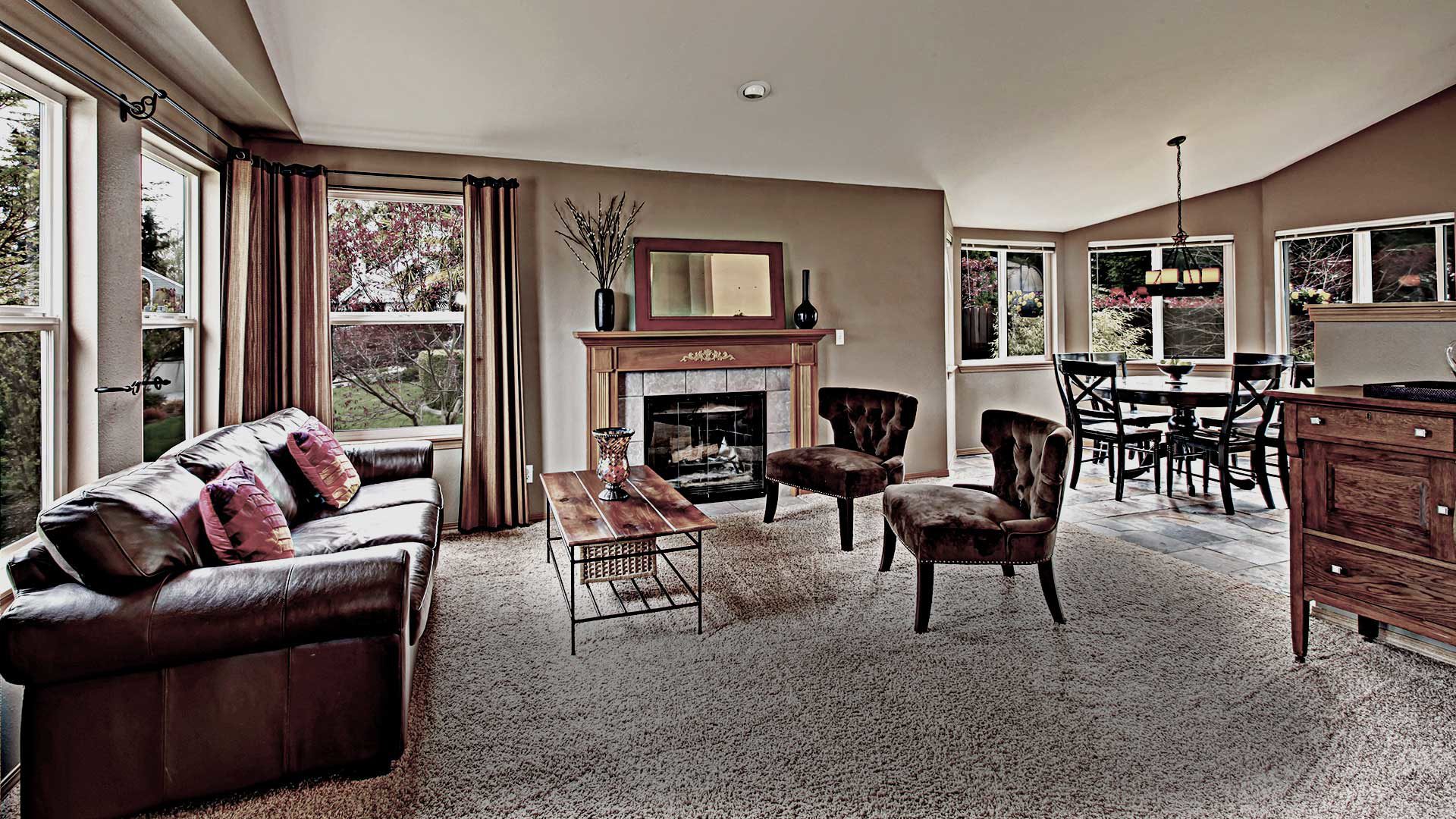Pet Stains
Typically, because cat diets are richer in protein than dog diets, their urine will produce harsher odors and are more likely to cause stains.

Unlike dogs, cats do not urinate for territorialism. This behavioral pattern in male cats is accomplished by spraying. This urine product also contains the male hormone testosterone, which makes it even more pungent than urine. Although spraying is typically done on a vertical surface (such as a couch) it could also conceivably come in contact with a carpet. Another consideration is the age of the pet. The older the pet, the more renal function diminishes, thus producing urine that contains more plasma proteins. Because less uric acephalia is secreted in this urine, it is less likely to stain a carpet; however, it will produce an even stronger odor.
In almost all cases cat urine is the worst perpetrator for pet stains.

Although old urine stains cannot be removed from the carpet unless they are cut out, stains that have appeared within a couple of hours can often be cleaned with good success. This can be accomplished by using a 50/50 solution of white vinegar and water, followed by blotting with water only. After this, absorb the spot with clean colorfast towels until it is as dry as possible. Next, place a one-half inch thick weighted layer of colorfast towel over the spot and let it sit overnight.
A final concern for carpet stains from pets is vomit. Hydrochloric acids found in the stomach of pets will be present in any vomitus material. The degree of acidity of these materials and their potential staining on carpet will be based on stomach content. Reflux of bile from the small intestine, which is more common with dogs, can be highly acidic. Typically, stomach acids are very acidic at pH2, which explains why vomit is much more likely to stain carpet than food. Like urine, the effectiveness of cleaning vomit is based on expediency. The first step is to scrape up as much of the disgorged matter as possible. Next, it is important to elevate the pH of the stained area. This should be accomplished by blotting using a solution of one part non-sudsing ammonia to five parts water, followed with blotting with a damp towel until the spot is as dry as possible. Again, it is also recommended that you place a weighted layer of colorfast towels folded one-half inch thick over the spot and allow it to sit overnight to allow residual matter to wick up into the towel.
Ingredients:
16 ox. hydrogen peroxide
2 tsp. baking soda
2 small drops liquid dishwashing soap (Dawn, Palmolive, etc.)


Always test small area for colorfastness. Place all ingredients in a glass jar or bowl. Gently stir–do not beat or shake-until baking soda is dissolved. Do not cover or enclose mixture in any way, or you will have a big mess on your hands. Pour mixture over urine spot, making sure to cover the entire spot. Allow mixture to penetrate area being treated. Do not rub or scrub! Let sit for 24 hours without disturbing. After 24 hours, take clean paper towels or a clean, white washcloth and blot up any remaining liquid. Do not rub or scrub. Allow area to dry naturally. The solution is active for only about one hour after mixing. Be sure to use this time period for maximum effectiveness. For very strong areas, repeat again! Good luck.
Although the tips and tricks have been used this in my own home, Accu-Brite assumes no responsibility or liability for errors or misuse of the information presented in these cleaning tips.
